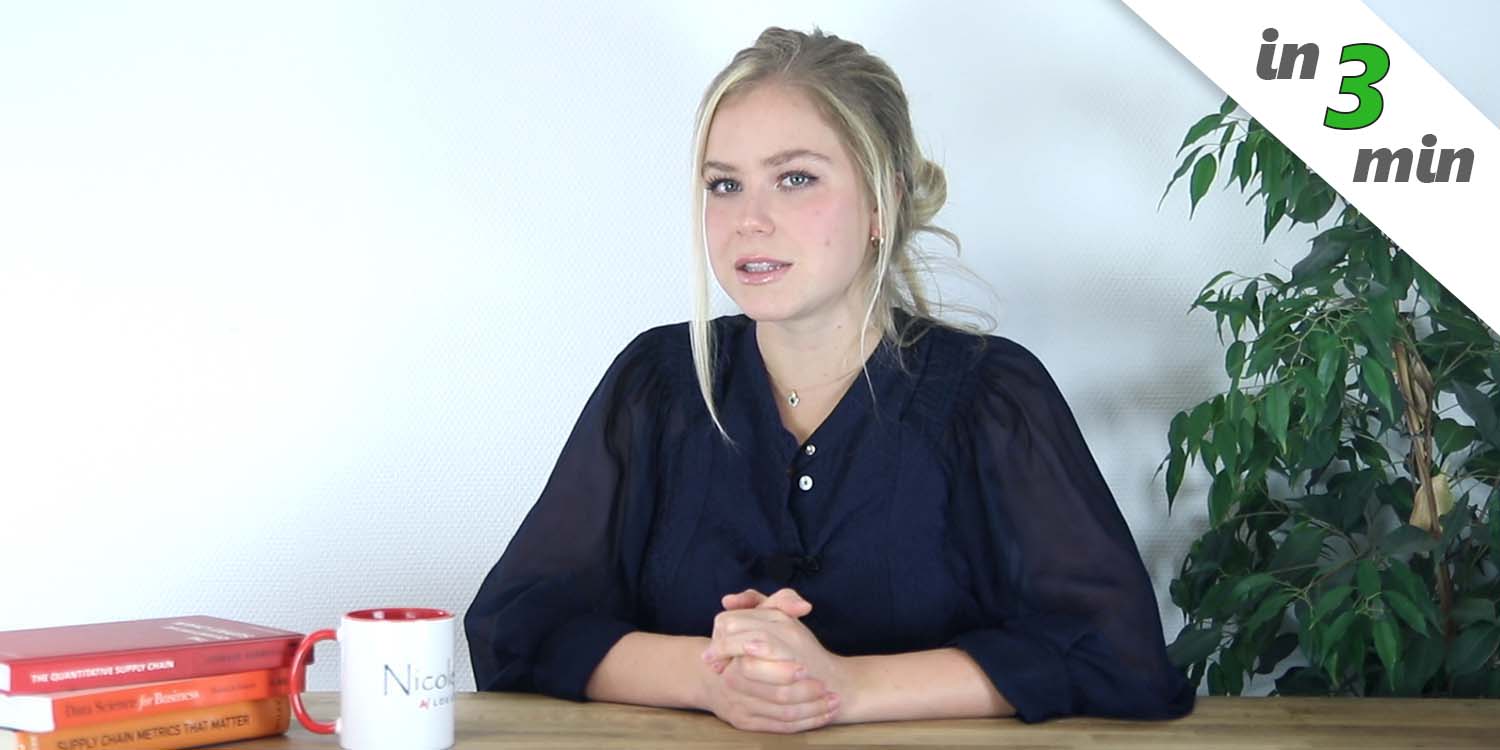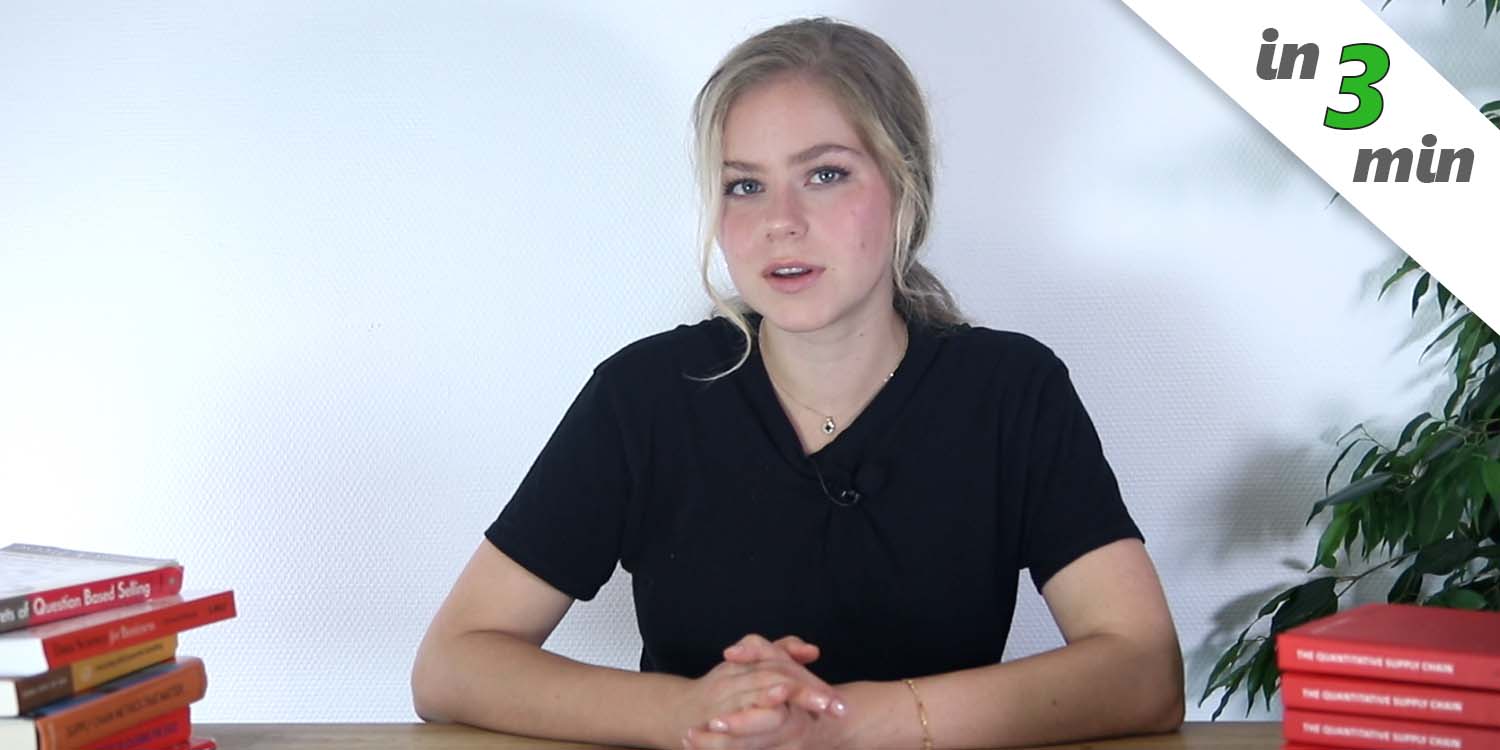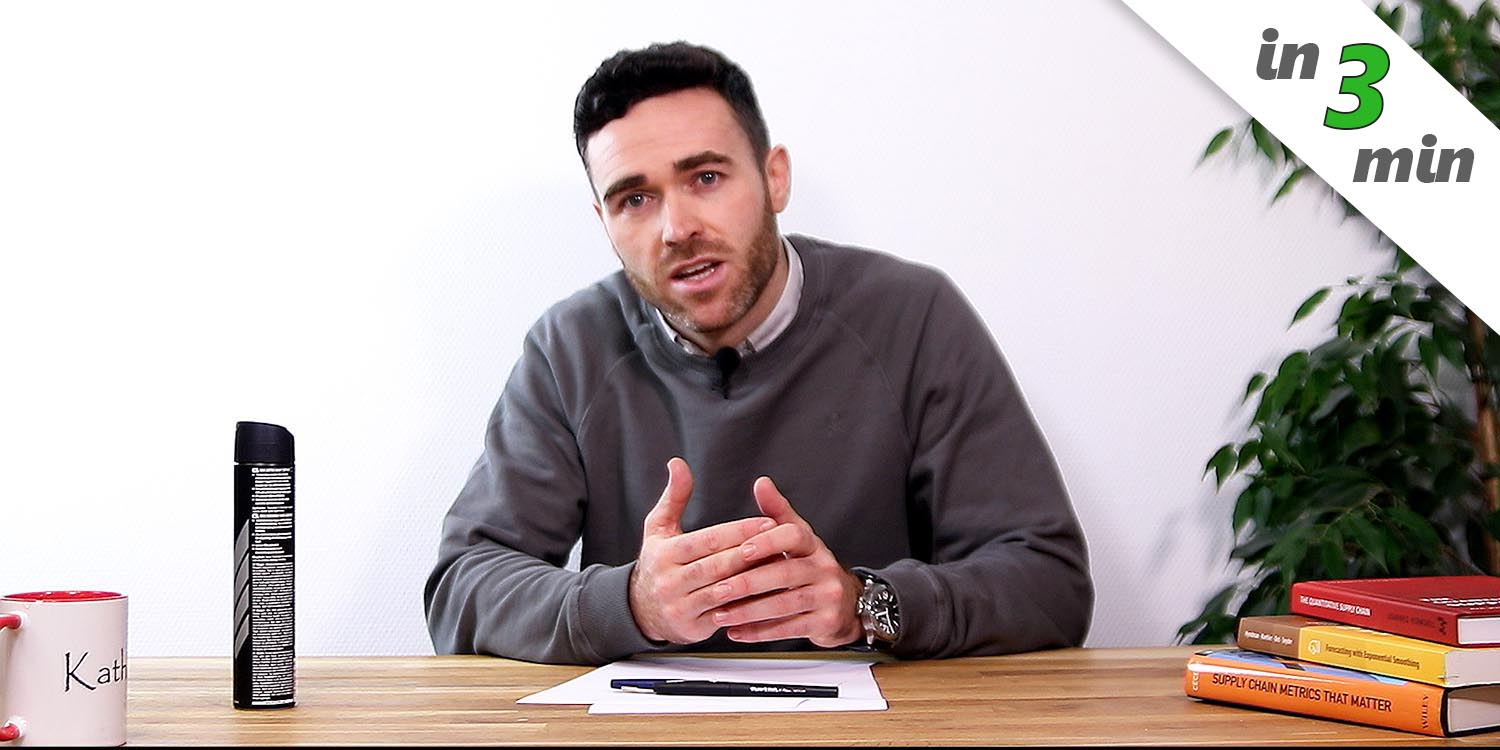Description
At its core, the practice of numerical forecasting is about using a scientific approach to define a future anticipation based on previous historical data.
When we produce, or transport goods, there are delays involved in every process. This means that what you decide today ultimately reflects an anticipated condition about the future. For example, when you produce a product, there is an expectation that there will be a demand to match this production.
What all forecasting methods have in common, from simple moving average to complex sophisticated machine learning models, is the method of projecting a trend in the past into the future. In other words, if the future is not more of the same, the forecasting cannot detect it, for example a changing market such as the rise of e-commerce. Based on their set up models will react faster or slower to new data, but essentially rely on a past observation - accuracy of the forecast will thus much depend on how much the past represents future events.


